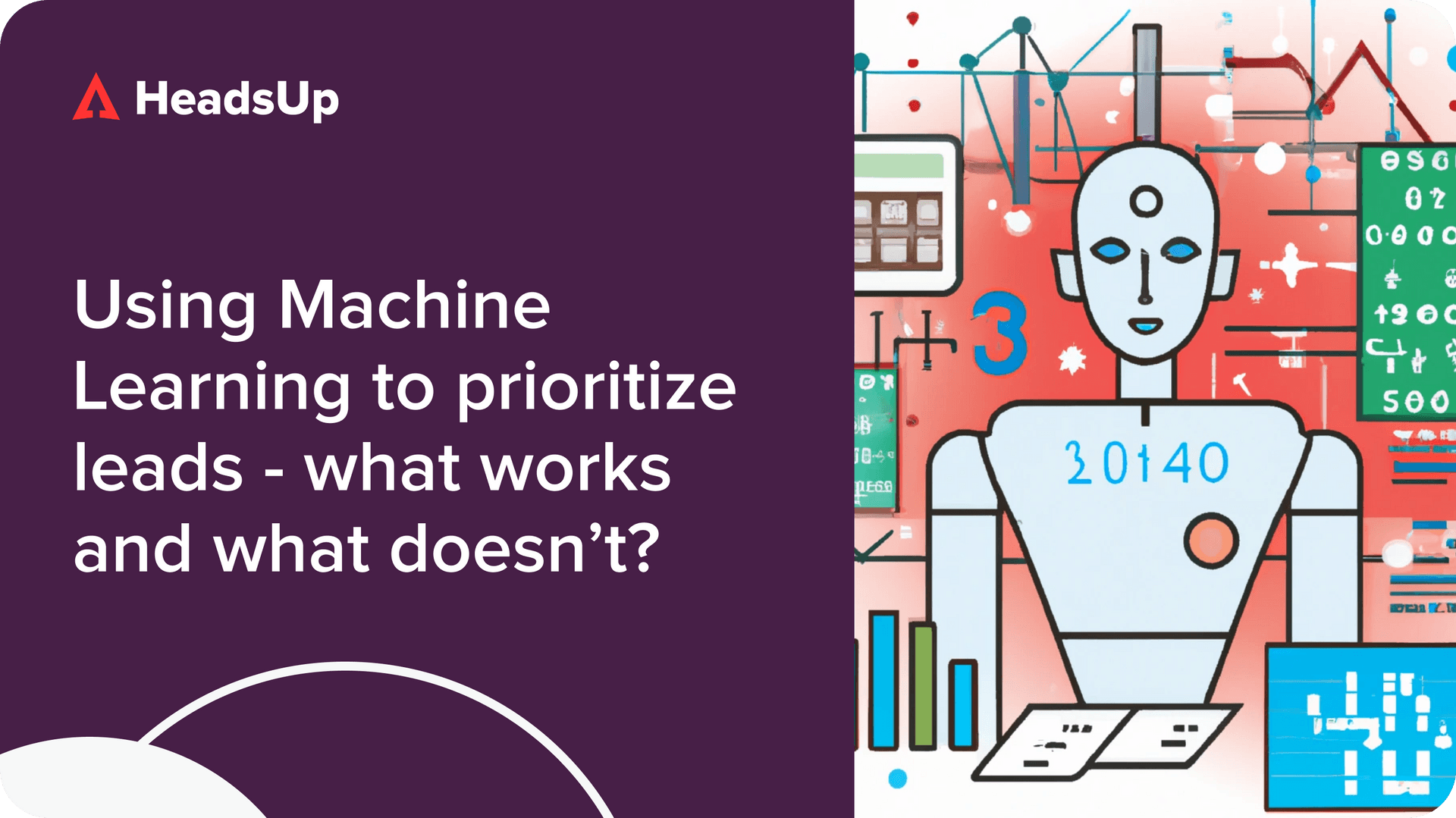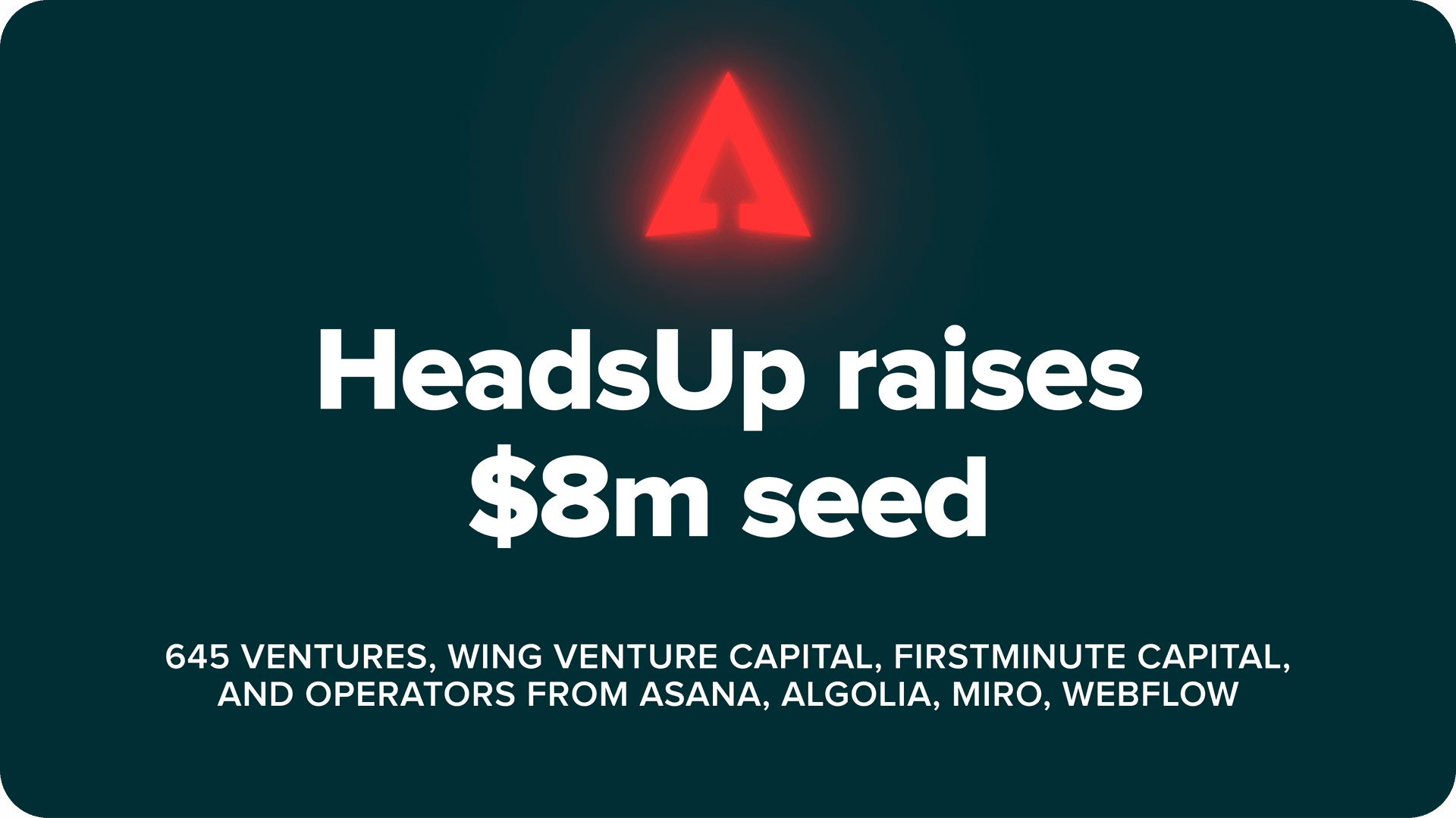Open source front-end developer platform Vercel has a secret weapon in its PLG strategy.
No, it’s not a SaaS tool that the company has built or bought.
No, it’s not something about it’s product (although it has been so viral among developers that usage of its edge network grew 700% between April 2020 and November 2021)
It’s an innovative org chart – that has no separate sales, support and success teams, but rather one unified team of product advocates.
To get an insider’s view into how the team was built and how it operates, we spoke to Vercel’s CRO Kevin Van Gundy and its Senior Director of Growth & Revenue Marketing Morgane Palomares on a recent episode of the Product Led Sales podcast. Below, we share key learnings from the conversation.
The product advocates team is proactively reaching out to people that are stuck versus waiting around for people to tell them they have a problem.”
Morgane Palomares, Sr. Dir. of Growth & Revenue Marketing, Vercel
Why early-stage companies need more proactive CS
“Advice I give to a lot of early-stage PLG folks is: it’s okay to over-invest in Customer Success and Support,” says Kevin. Initially, CS can help a company jumpstart PLG and handle some of the shortcomings of the product. “Know that your ratios for CS-led sales and self-serve sales will get better over time as your product matures. Your cost of goods will true up over time.”
Vercel, however, is not an early-stage company. They’re at the point where they want the majority of self-serve sales to be completely self-serve with not much hands-on selling required. They have a strong freemium open-source offer that makes this possible. “We are very similar to a lot of other modern open-source companies, where we’re allowing folks to get a full experience of the open-source product, and then monetizing things adjacent to it,” explains Kevin.
But having technical sellers available 24/7 is still important because the team at Vercel wants to provide the best experience possible. That’s where the product advocates come in.
How Vercel hires and trains product advocates
Vercel’s team of product advocates is available to help self-serve customers purchase the right plan and to send enterprise opportunities to the sales team.
What are product advocates?
“One thing that we did pretty early on was to just sit and think about how we can create a team that’s the most cost-effective, but technically skilled, that can help all of our prospects coming inbound get to the right plan or get past that hurdle of activation,” says Kevin.
Those conversations turned into the creation of the product advocates team, technical people who effectively blend support with sales.
“We reimagined the traditional inbound SDR model, where you have non-technical junior sellers trying to qualify buyers and making them wait for a demo,” says Kevin.
What do they do?
One of the key differentiators is that they’re not pure sellers. “Our product advocate team is not there to force people into one plan,” says Kevin.
The reason for this has to do with Vercel’s business model. “We have some products that are consumption-based,” explains Morgane. “So the more that you use it, the more that you pay. That in and of itself sort of brings up the topic of what does customer support look like in this PLG usage world?”
Because Vercel sells usage-based plans, the product advocates are instructed in really helping customers use the product in the way that they need to use it right now—not to upsell them too quickly. The overall plan at Vercel is to win small deals that will grow with time, rather than sell a plan that’s too large and end up frustrating the customer.
“We derive value from our customers as they succeed, where if they get more traffic on their on their ecommerce and they’re generating more revenue, that’s a way for Vercel to monetize as well,” says Kevin.
The product advocates also do not just wait around for questions via email and chat. Morgane says, “The product advocates team is proactively reaching out to people that are stuck versus waiting around for people to tell them they have a problem.”
They’re also in charge of some standard SDR duties, like qualifying enterprise buyers and passing those opportunities onto the sales team. But in terms of directly increasing sales through conversations, they work with the self-serve market.
How to hire great product advocates
When hiring product advocates, you need to make sure they can address the needs of your target buyers. That will look different for every company. At Vercel, the product advocates are all technical.
“Some of them were engineers before,” says Morgane. “We have technical buyers coming through our funnel, they’re asking technical questions. What’s more frustrating than clicking the contact sales button and asking a question that the person on the other side doesn’t know how to answer?”
She says that hiring the right people is paramount to their success. The team needs to not only be technical, but enthusiastic about helping customers. That makes the training that much easier.
How to train product advocates
Kevin says this about Morgane’s work with the product advocates team: “She’s incredibly thoughtful about the way in which we provide context to this team, where they understand that all-up success for Vercel looks like additional revenue. They understand that we don’t actually want to optimize for short-term revenue.”
In every team meeting, Morgane encourages the team to chat about how they can improve the buying experience, lower the barrier to entry, and be obsessed with the customer.
Creating a successful team isn’t just about hiring and training the right product advocates. They also need to be supported fully. “A very tight relationship with RevOps is incredibly important for this team, because they need a lot more automation than a normal inbound SDR team, so it does require more resources on the RevOps side,” says Morgane. “So you want someone that’s constantly thinking about outreach, a/b testing and running experiments.”
Morgane also makes sure to review the conversations that product advocates are having, provide direct feedback, and turn the best conversations into scalable playbooks.
How to set goals for product advocates
“We goal product advocates on self-serve revenue and enterprise pipeline. Everyone on my team has those two goals,” explains Morgane. “Also, right now I’m working on setting up a trials-activated KPI.”
Kevin and Morgane agree that it’s the strong RevOps architecture that allows this team to be successful. “One of the first hires we ended up making on the go-to-market team was our head of revenue operations,” explains Kevin. “We got the infrastructure correct early on for the process of moving a customer from an email address all the way through a customer through an enterprise customer.”
The team focused on nailing down their data structures in Salesforce and their email cadences in Outreach. Because the company’s PLG motions were already well optimized, it was that much easier for the product advocate team to come in and help.
For more from Kevin and Morgane, listen to the full interview here.
For more advice from top PLG GTM leadership on how to build a best-in-class product-led revenue motion, check out the Product Led Sales blog.

